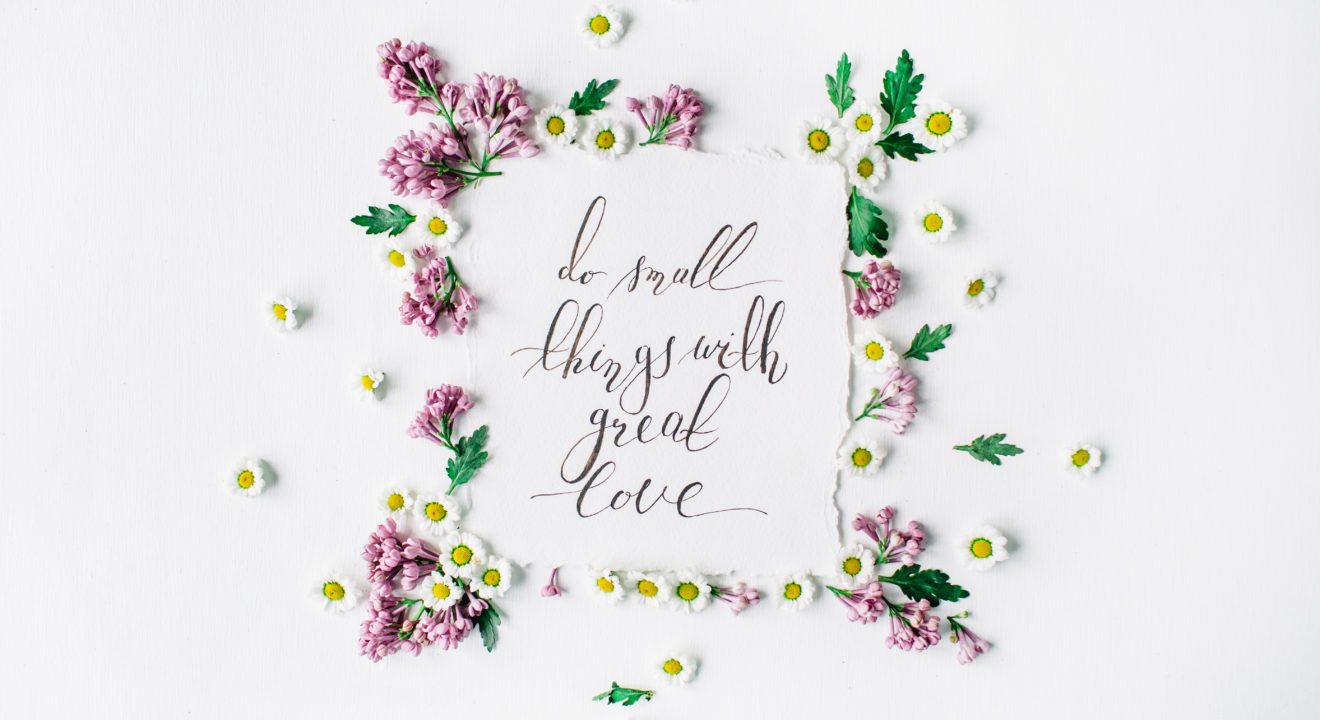Culture September 30, 2016


Calligraphy is the art of elegant, beautiful writing. The quality and the effort put into calligraphy is apparent to any man or woman who looks at the page.
The history of calligraphy as an art and a form of communication spans many different cultures, languages and time periods. Calligraphy had utilitarian beginnings as a way to communicate or document stories. The earliest forms of artful writing were cave drawings made by humans in prehistoric times. These cave paintings then evolved into Egyptian Hieroglyphs, which were also used as communication as well as art. In Western European culture, calligraphy was commonly used by monks who wrote treatises or religious documents, and transcribed passages from the Bible onto sheets of vellum.
In China and other regions around the world, artistic lettering is used as a form of self-reflection or a tangible representation of the human spirit or of the ephemeral mood and quality of words. Currently, in Western culture, calligraphy has fallen from the pedestal of high art and has been relegated more to the realm of arts and crafts. In America, however, calligraphy is commonly used for elegant wedding invitations, graduation announcements and recreational pleasure.
With the boom of online resources and tools within the last few decades, calligraphy has been able to adapt it’s archaic roots into the studies of typography and graphic design. For the modern woman who wants to learn the ancient art of putting pen to paper, ENTITY has a few tips and resources to help.
As with any form of art, calligraphy requires special tools. That includes pens, nibs (tips), ink and paper.
Pens: There are two types of holders for the calligraphy pen. Along with oblique or straight holders, you can have a dip pen or one that comes pre-filled with ink. The dip pens allow for more freedom since dipping the pen means more options for whatever type of ink, holders or nibs you prefer. However, dip pens are messier and more unpredictable, especially for inexperienced women or men. Oblique holders allow for more variation in the angles of the lines. Pens that come with ink inside the barrel eliminate both the mess and the hassle of figuring out which ink to use. However, you usually have to stay with whatever ink, nib and holder the pen came with. Using another kind of ink in a pre-filled pen could clog up and damage your nib.
Nibs: The italic and the flex nib are the two main types of nibs used to make elegant calligraphy. Italic nibs have a blunt, square edge and are used mostly for squared styles like Gothic and Italic. The variation is limited with an italic nib because of its shape, but the flex nib makes up for that loss. The flex nibs are more tear-drop shaped and have two tines that end in a point. The bendable tines provide variation in the width of the line depending on the amount of pressure applied and how far apart the ink spreads between the tines. When you begin writing, make sure to regularly clean your nibs in water. You should also clean your nibs when you buy them new from the factory.
Ink: The best options for ink are the varieties that are thicker and stickier. The viscosity of the ink will help it stick to the nib. However, there are many of different kinds of ink and it’s always good to experiment to find your preference once you get the basics down.
Paper: Avoid regular lined and printer paper. For calligraphy, you will need paper that is better quality and that can absorb the extra amount of ink the pens disperse (more so than regular ball point pens). However, you don’t want textured or super absorbent paper because this could cause the nibs to catch on the paper or to bleed ink all over it.
Once all the materials have been gathered, go online to find free models and example sheets to start practicing letters and creating a style that is unique to you. There are plenty of blogs and online videos online that demonstrate different styles and techniques. Find what fits your personality; calligraphy is an easy, elegant way to add character to whatever you write.
Time until mastery: Given the recreational nature of modern calligraphy in the Western world, this skill is more approachable for amateurs than ever before. By dedicating a few hours each week, gathering the right materials and observing YouTube tutorials, you can pick up a style of calligraphy that works for you in less than a year. If you want to become an expert, you can also learn more traditional brush strokes, like Gothic and Italic, which can be picked up with extra, specialized practice. So whatever you decide to choose, calligraphy is sure to be a stylish way to create different fonts for every occasion.